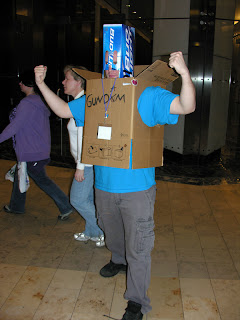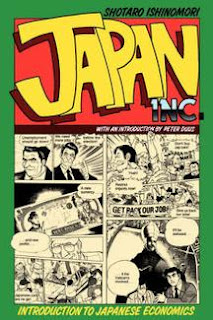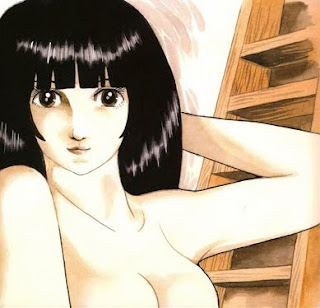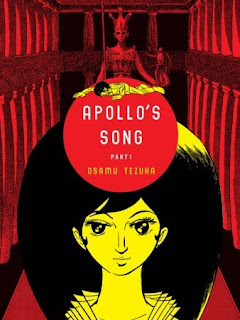After a short delay from the preceding Tiger & Bunny panel, Amy Martin, the person in charge of VIZ Media’s social media accounts, started off the panel by cheerfully announcing VIZ’s 25th anniversary as well as a new website with which to celebrate the milestone. In addition to various other social media aspects, Martin proceeded to announce available and forthcoming manga, novel, and anime titles. The slideshow above is 99% of what was revealed. After the break, there’s a text breakdown of everything that appears in the pictures along with info on a couple slides that were not pictured.
- 25th Anniversary
– www.viz.com/25years
– Promotions on iTunes end August 23, 2011 - October premiere of Naruto Shippuden – Bonds movie
- VIZ Manga app is now available for iPad™, iPhone™, iPod™ touch.
- www.vizmanga.com
– “Now you can finally read your favorite manga on your computer...legally!”
– Buy once and transport across platforms/devices
– First chapter is always free
– Simultaneous print and digital releases - Future Releases (Manga)
– Oishinbo
– Naruto to see quicker release schedule (volumes 36-45)
– Ai Ore (volume 2) – August 2011
– The Story of Saiunkoku (volume 4) – August 2011 - New Fiction
– ICO: Castle in the Mist (paperback), by Miyuki Miyabe – August 2011
– Book of Heroes (new edition, paperback), by Miyuki Miyabe – August 2011
– Ten Billion Days and One Hundred Billion Nights (hardcover), by Ryu Miysuse – November 15, 2011 - 2-in-1:
– Tenjho Tenge “Full Contact” edition (18+) – Available now - 3-in-1 Editions (Omnibus) – Kekkashi
– Fullmetal Alchemist
– Bleach
– Naruto - Art Books
– The Art of Vampire Night – September 6, 2011
– D. Grey Man – Features interview with creator
– One Piece: Color Walk 2 – November 1, 2011 - VIZ Kids Box Sets
– Pokemon Diamond and Pearl Adventure! (volumes 1-8), October 28, 2011 – Comes with poster
– Legend of Zelda (volumes 1-10), October 25, 2011 – comes with poster - VIZ Media Box Set
– Fullmetal Alchemist (volumes 1-27) – November 1, 2011 – Comes with light novel and poster - Specialty Books
– Naruto: The Official Character Data Book – January 2012
– Studio Ghibli’s Arriety – January 2012: The Art of Arriety, Arriety Film Comics (volumes 1-2), Arriety Picture Book
– Bleach MASKED: Official Character Book 2 – March 2012 - New for Shojo Beat
– A Devil and Her Love Song – February 2012
– Dawn of the Arcana – December 2011
– The Earl and the Fairy – March 2012
– Hana Kimi (3-in-1), March 2012
– Skip Beat - Available Now
– Meet Mameshiba!
– Mameshiba On the Loose! - Special Format
– Mameshiba (Heart) Winter – November 2011
– Pokemon Magnetic Playbook – November 2011 - Newest Pokemon Movie
– Zoroark: Master of Illusions – Video and manga – DVD: September 20, 2011 - Coming Soon
– Fluffy, Fluffy Cinnamonroll – January 2012
– Voltron Force – Old crew trains new crew – Spring 2012 - New for VIZ Kids (April 2012)
– Mr. Men Little Miss
– Little Miss Sunshine: It’s Always Sunny in Dillydale - Key Summer Releases (DVD)
– Vampire Night Guilty (volume 3)
– Kekkashi Set 2 – August 23, 2011
– Hero 108
– Professor Layton and the Eternal Diva (November 8, 2011) - Continued Simulcasts
– Tiger & Bunny
– Blue Exorcist
– Nura: Rise of the Yokai Clan
– Blue Dragon (uncut), If numbers are good enough, this may see a physical release.
Click here for more of our Otakon 2011 coverage


 News
News Reviews
Reviews Features
Features Columns
Columns Podcast
Podcast























